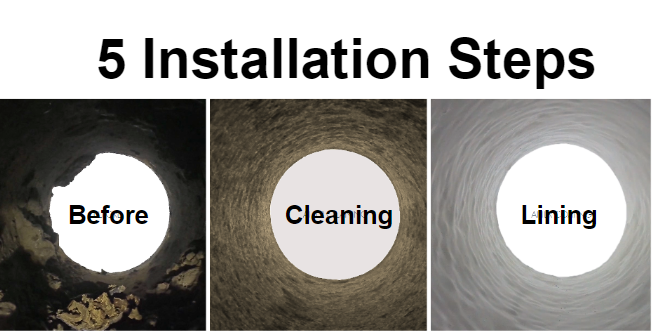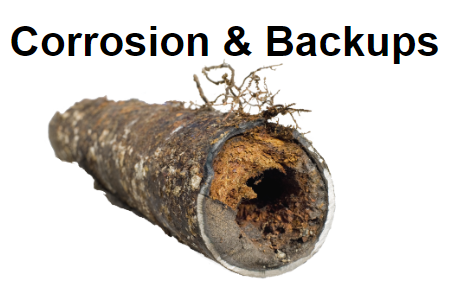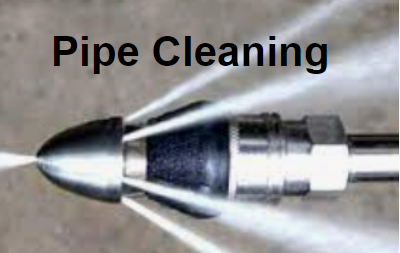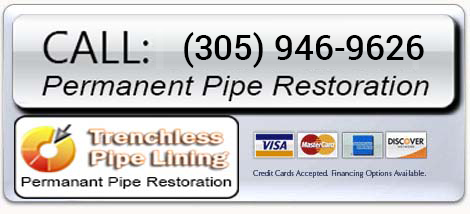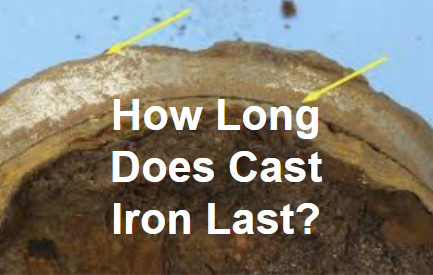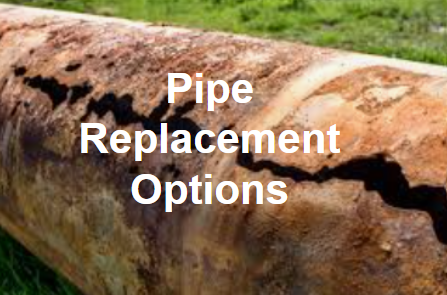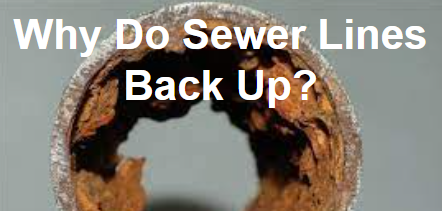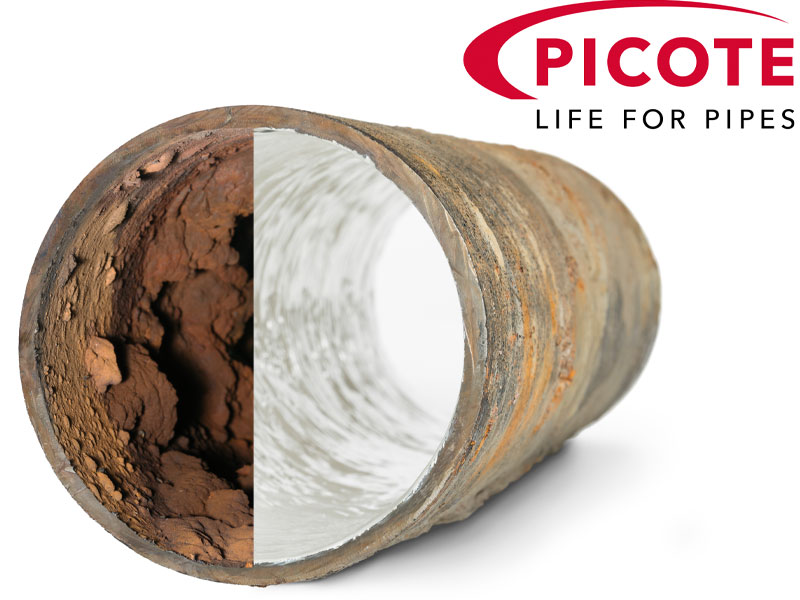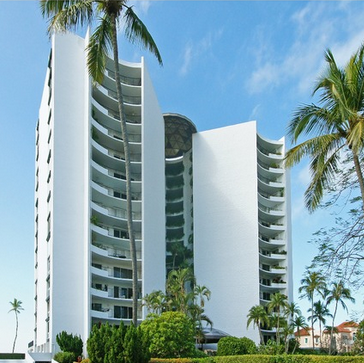Austin Pipe Lining Company Restores Underground Drains For 100 years – Without Excavation!
Our Austin-based pipe lining service uses patented technology to restore the inside of corroded and deteriorated pipes that can be the source of repeated backups in your home. This saves you from the inconvenience and mess that old snakes and excavation cause (done through the slab or under the house to replace the pipes).
This outdated method usually costs anywhere from $50-60,000 for a 2,000-square-foot home and would take approximately two months. In addition, permits have to be pulled, inspections have to be scheduled, furniture has to be put in storage, and tenants have to find other accommodation if they choose to excavate.
Here are the 2 common technologies used as of 2020 to rehabilitate and repair underground cast iron drains without excavation:
Why do homeowners need to replace old cast iron pipes?
Old cast iron pipes installed in the United States before the 1970s go through the same deterioration process which causes repeated backups bad smells and insects inside homes. As water runs through the cast iron pipe, the water pools and touches the bottom of the pipe more frequently than the walls and the roof.
Because the corrosion occurs more quickly on the bottom of the pipe, the corrosion will form a crack that widens over time. As the cracks form in the pipes and the deterioration progresses, the cast iron begins to flake off and create serrated edges. Solid waste travels through the pipe system and gets trapped by these edges. This is the reason pipes backup frequently if they are older than 50 years.
How does pipe lining work?
There are various technologies that have been used over time to restore underground pipes. Two of these most recent technologies have come to be widely used in the United States: spin-cast lining and cured-in-place pipe lining (which is an older technology and has some limitations). However, in rare circumstances, this technology can be used to save pipes that can’t be restored by using spin-cast pipe lining.
How does spin-cast pipe lining work?
Spin-cast pipe lining is relatively new to Austin but it’s been used in the United States widely for about four to five years. It is exceedingly superior to cured-in-place pipe lining, also known as C.I.P.P, which is why it is being adopted at a quick pace over any of the older technologies. There are five stages to spin-cast lining:
- First, the pipe is video inspected and cleaned using specialized patented technologies that can remove the old scale and rust that has accumulated in the pipe over the past 50+ years. This is a very gentle process to ensure the pipe remains intact.
- The debris is then washed out using high-pressurized water and is continuously video inspected to make sure that it is as smooth as possible before installing the pipe lining.
- Spin-cast lining is quite remarkable! A robotic machine is inserted into the farthest end of the pipe. This machine is fitted with a hose that features a rotating nozzle that expels patented epoxy that hardens in 3 hours. These are the only three hours that the home’s plumbing cannot be used during the entire installation process. Because of this, tenants do not need to leave their homes or stay in hotels. The nozzle rotates and applies the epoxy to the inside of the wall under the supervision of the camera and technician. This ensures that the epoxy is thick enough to last at least 50 years, the duration of our warranty.
- After 3 hours, when the epoxy is completely hardened, a technician makes a camera recording of the lined pipe. These are provided to the homeowner with the written 50-year warranty (which is transferable to a new homeowner in the event of the sale of the property).
- The last step is to test the home’s facilities: the sinks, toilets, etc to make sure proper water flow has been restored without any backups.
Summary of trenchless pipe lining benefits in Austin:
- Austin is primarily built on rock, not soil. This is why excavation to replace the failing pipes takes a very long time, is twice as expensive as pipe lining, and requires permitting and inspections.
- There is no need to put furniture into storage or find accommodation for family and pets.
- In Austin, regulations do not permit excavation outside within a certain number of feet of trees. Issues surrounding anchorage and structural integrity are of concern. In some cases, if your cast iron pipes outside have to be replaced going from the home to the city, you have to dig a long trench to circumvent the tree roots which increases the cost of replacing those pipes. Additionally, if that distance is too far, it will reduce the slope of the pipe which could prevent the pipe from meeting slope requirements to operate effectively.
- Most homes take 3 to 4 days to line, as opposed to excavation which takes at least two months in many cases.



